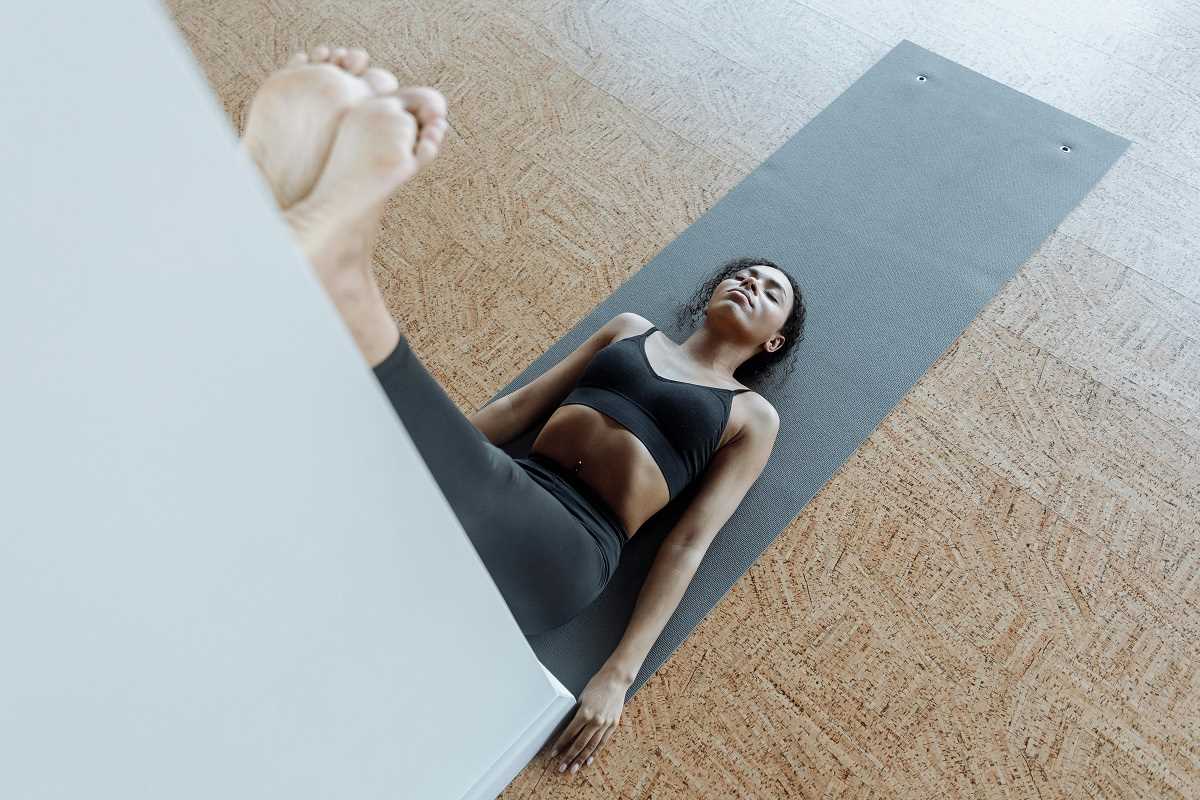Natural landscapes challenge your body in unique ways, calling for workouts that mirror activities you might do every day. Uneven ground, changing surfaces, and unexpected obstacles all demand quick adjustments, engaging your muscles in ways a gym floor never could. Training outdoors means you need routines that build not just raw strength, but also balance and flexibility. These exercises help prepare you for adventures like hiking up steep trails, climbing rocky paths, or paddling through unpredictable waters. Focusing on functional movements allows you to gain the kind of sturdy, adaptable strength that helps you move confidently across rugged trails and through wild places.
This guide explores the main principles behind outdoor functional fitness, shares specific routines you can do in a park or campsite, and offers practical tips to stay safe and monitor your progress. You will learn how to set up simple workouts with minimal equipment, modify exercises based on your skill level, and keep advancing without a gym membership.
Understanding functional fitness for outdoor lovers
Functional fitness focuses on movements that replicate tasks you perform daily or during outdoor activities. Instead of isolating a single muscle, it combines pushes, pulls, squats, and carries. This approach works your whole body and translates directly into stronger hikes, safer rock scrambling, and longer days on your bike or skis.
By adding balance, core stability, and mobility drills, you lower the risk of injury on uneven terrain. You will generate more power for uphill climbs and gain better control when descending steep trails. The variety of exercises keeps both your body and mind engaged, making workouts feel less monotonous.
Key benefits of outdoor functional fitness
Practicing outdoors with functional movements offers advantages that treadmill routines cannot match:
- Enhanced joint stability: Strengthening supporting muscles helps prevent ankle sprains and knee twists.
- Better cardiovascular endurance: Combining strength exercises with body-weight cardio improves heart health.
- Increased proprioception: Working on rocks, roots, and slopes sharpens your awareness of your body's position.
- Strengthened mental resilience: Natural surroundings and fresh air reduce stress while you perform challenging drills.
These improvements directly lead to more enjoyable, longer outings whether you’re backpacking, trail running, or paddling.
Essential functional fitness routines
Prioritize compound exercises that activate multiple muscle groups at once. Start each session with a dynamic warm-up—think leg swings, arm circles, and hip openers—to prepare your joints. Then perform 3 to 5 moves, doing 8–12 repetitions each and resting for 30–45 seconds between sets.
- Goblet squats: Hold a rock or kettlebell close to your chest, squat deeply, and drive through your heels.
- Single-leg Romanian deadlifts: Balance on one foot, hinge at the hips, and reach toward the ground.
- Push-up to side plank: Do a push-up, then rotate into a side plank to engage your core.
- Farmer’s carries: Hold equal weights in both hands and walk steadily for 30–60 seconds to strengthen your grip.
- Alternating step-ups: Use a bench or sturdy log, raising the opposite knee higher to challenge your balance.
You can make exercises more difficult by adjusting weight, repetitions, or balance challenges.
Equipment needed and setup tips
You don’t need a full gym to train outdoors. A few versatile items make a big difference:
- Adjustable dumbbells or kettlebells
- Suspension trainer anchored to a tree or pole
- Light resistance bands for mobility and warm-ups
- Sturdy backpack you can fill with water bottles or sand
- Flat bench, park ledge, or large rock for step-ups
Lay your equipment on flat ground and clear away any debris. Ensure you have enough space to move safely without tripping over roots or rocks. Using a yoga mat or an old towel can cushion your hands and feet during floor exercises.
Safety tips and tracking your progress
Maintaining proper form and monitoring your progress help prevent setbacks and injuries.
- Warm up for at least 5 minutes before each session.
- Record weights, sets, and repetitions in a notebook or phone app.
- Pay attention to joint discomfort—modify or skip moves that cause pain.
- Take rest days and include active recovery such as light hiking or yoga.
- Watch videos of your form to identify and correct alignment issues.
Track your progress in endurance, balance, and load capacity every two weeks. Small increases in weight or repetitions add up over months, helping you improve significantly for your outdoor activities.
Incorporate these routines into your training to improve confidence and ease on trails. Regular practice, progress review, and adjustments will help you get stronger with each adventure.







